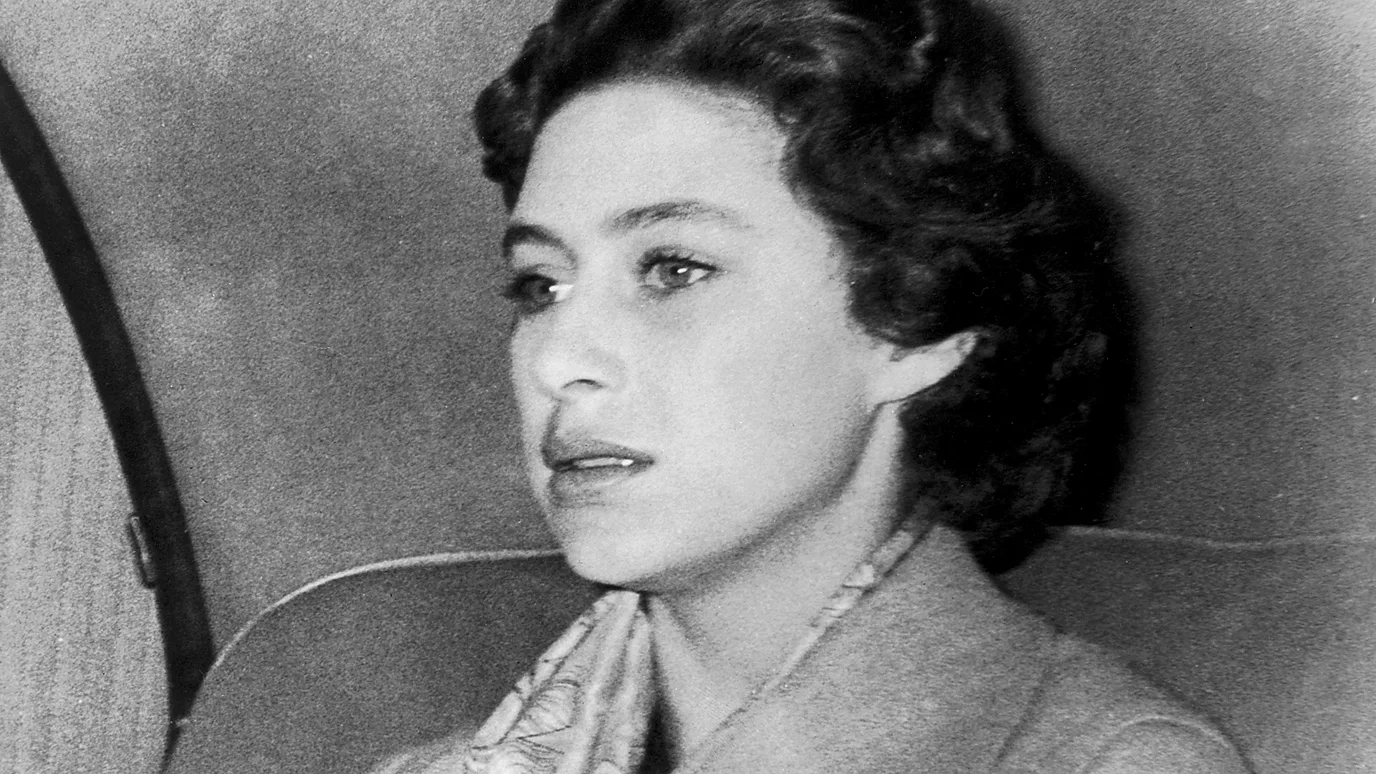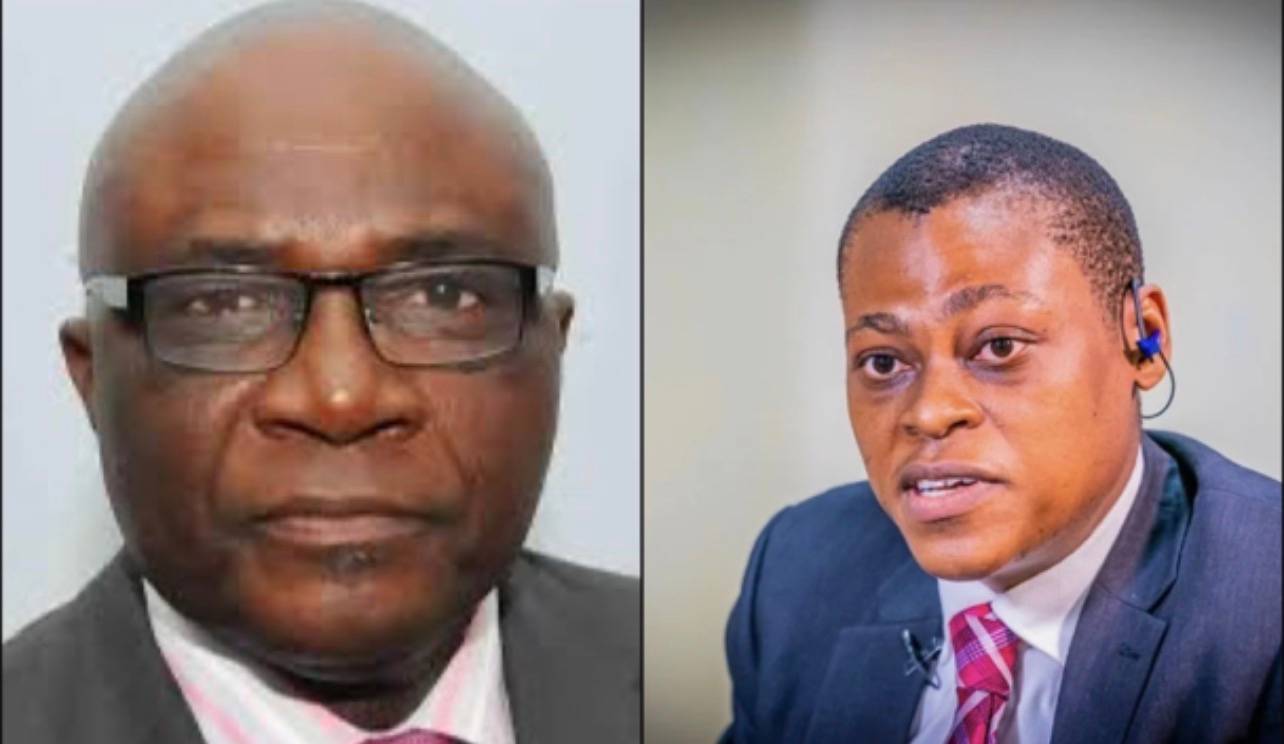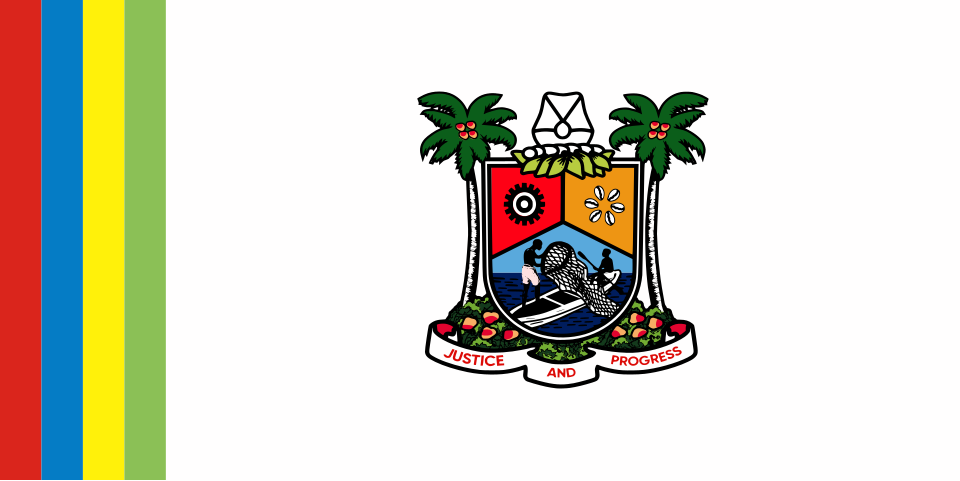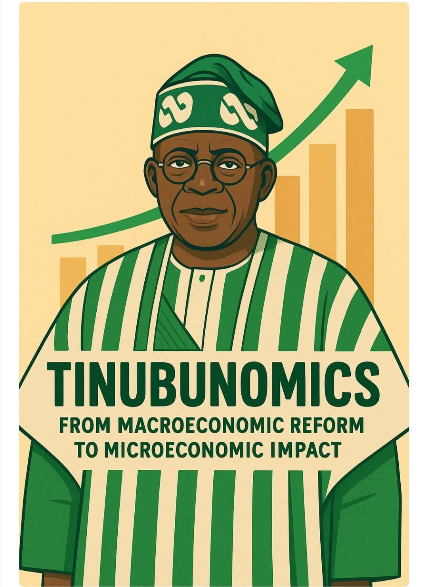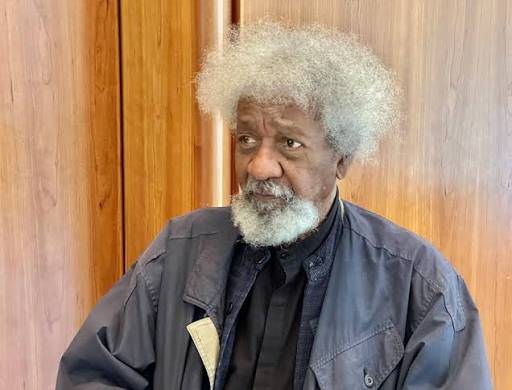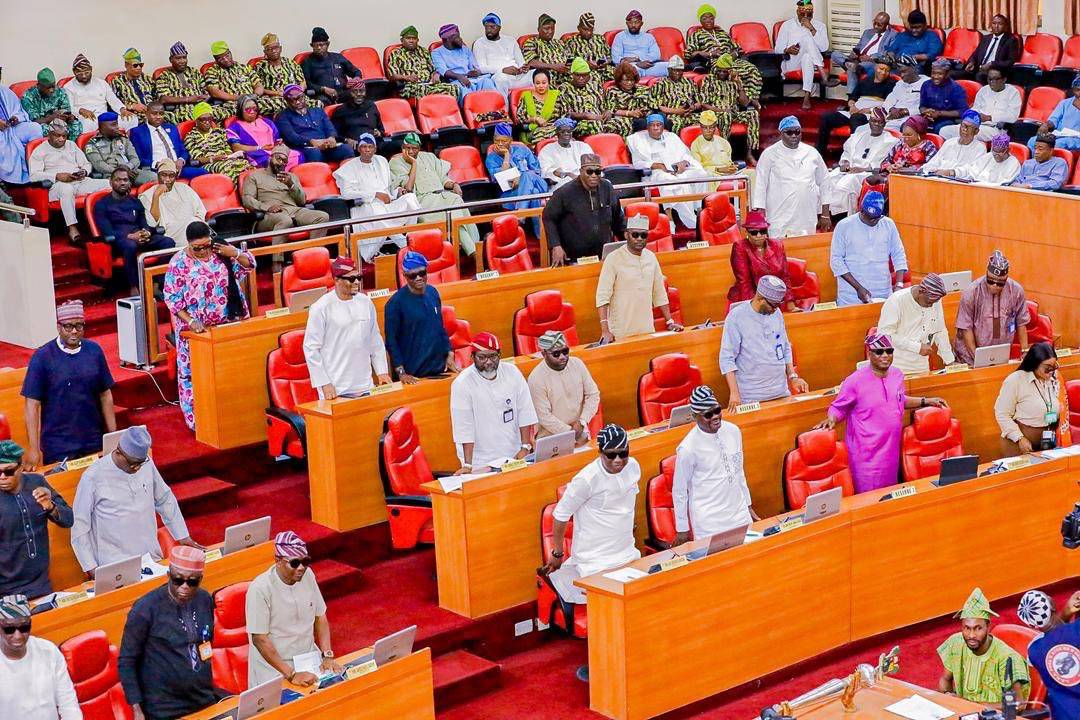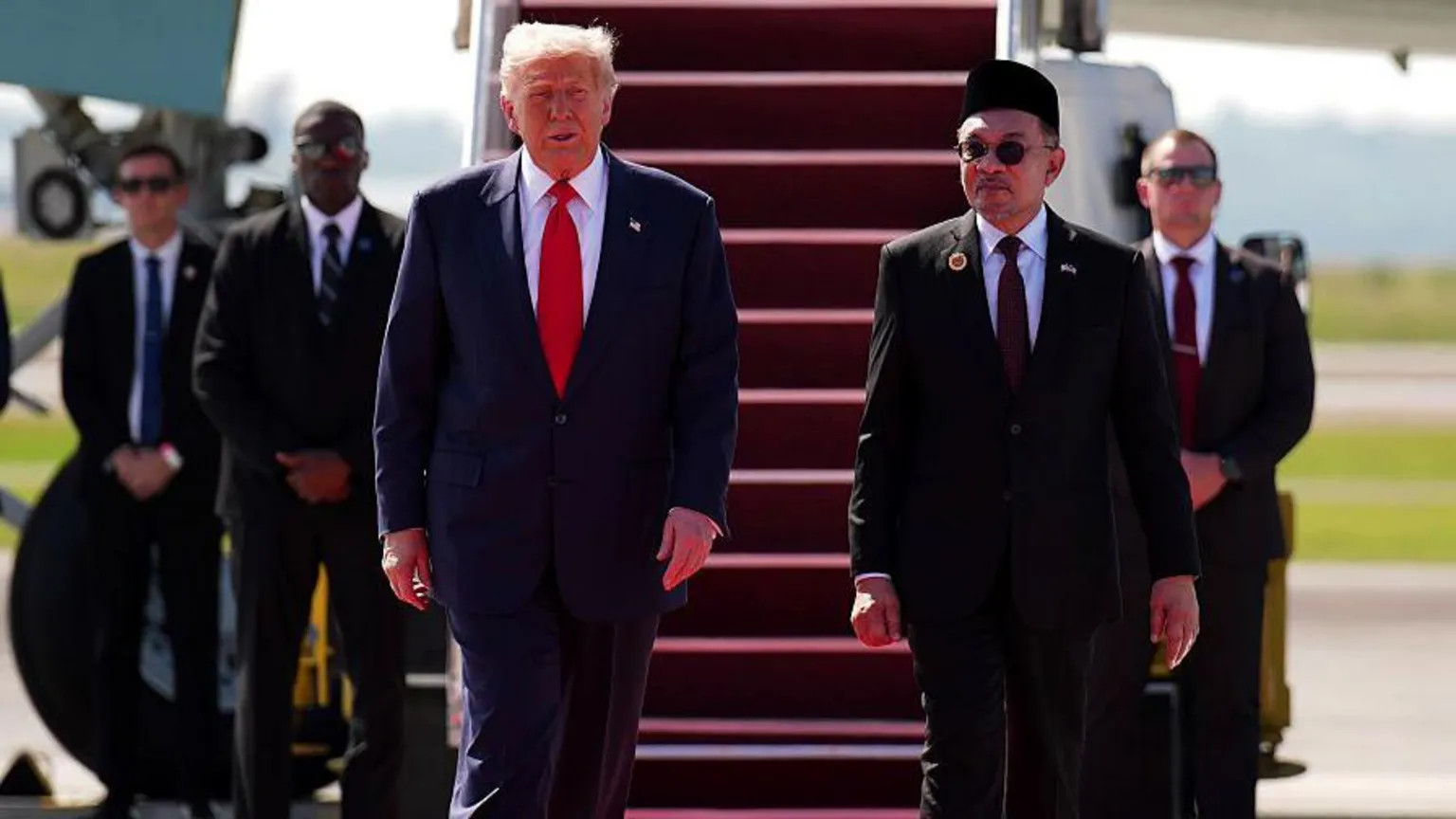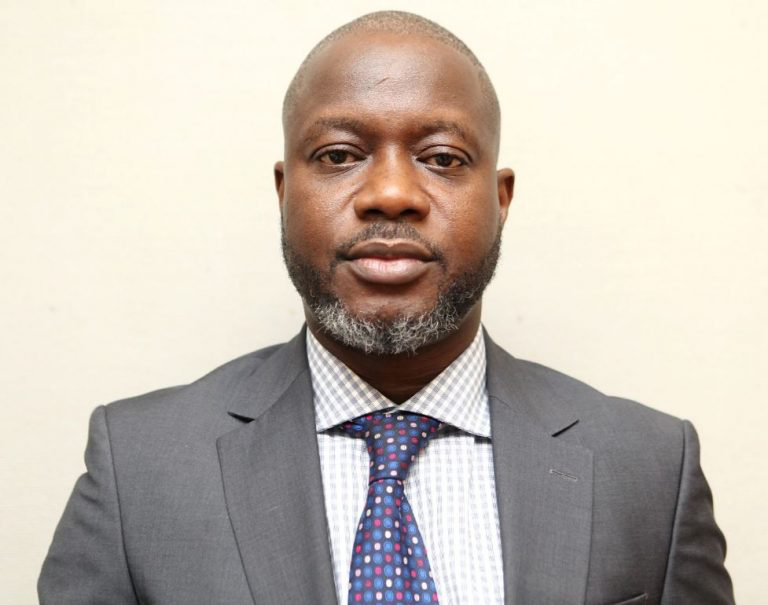Elizabeth II’s sister had to choose between cancelling her engagement and renouncing her title in 1955. Or did she? In 1978, the BBC talked to the war hero who almost married a princess.
When Princess Margaret announced on 31 October 1955 that she was ending her engagement to Group Captain Peter Townsend, it brought an end to a will-they-won’t-they saga that had enthralled the nation. The enduring myth is of a trapped monarch, an uncompromising government and a 25-year-old woman forced to give up her dream wedding to a war hero. The princess, it seemed, was presented with a stark choice: she could either keep her royal privileges or live in quiet exile as plain old Mrs Townsend.
“I believe her decision was absolutely right in the circumstances,” said Townsend on the BBC’s Nationwide while promoting his autobiography in 1978, coincidentally on Valentine’s Day. But confidential government papers released after Princess Margaret’s death revealed that her options may not have been quite as drastic as they are sometimes portrayed.
Townsend was a genuine war hero who was highly decorated for his role in the Battle of Britain.
Born in 1914, he had joined the Royal Air Force at the age of 19. Among his exploits as an ace fighter pilot, he helped to shoot down the first German bomber on English soil. Townsend told the BBC in 1995 how he had visited the plane’s wounded rear gunner in hospital the following day: “I thought, this may happen to any of us, so I went to see him just to say, ‘Well, we’re not really enemies after all; we’re human beings.'” Indeed, Townsend was himself later shot down but was largely unscathed, physically at least. As the air campaign ground on relentlessly, he recalled: “We became hardened killers who had no thought but for destroying the enemy.”
By the end of the war, with his nerves shot, Townsend landed on his feet with a job in the Royal Household as King George VI’s equerry: a trusted military officer charged with the smooth functioning of royal engagements and ceremonial duties. He was close to the family, living in the grounds of Windsor Castle and often accompanying the princesses on public engagements. The teenage Margaret really took notice of the dashing Townsend in 1947 on a tour to South Africa.
Margaret was 17; Townsend was almost twice her age and married with two children.
If their friendship was deepening over time, it was all strictly hush-hush. In 2005, Margaret’s friend Lady Jane Rayne recalled to the BBC’s Timewatch that she witnessed the pair’s chemistry at a shooting party in Balmoral in 1951, as the princess approached her 21st birthday. “Like the proverbial gooseberry, I felt I shouldn’t have been there. They never kissed or held hands or anything, but you could just feel it,” she said.
The princess had grown up to become a dazzling socialite, with stories of her party-going thrilling the world’s press. But in February 1952, tragedy struck when her beloved father, King George VI, died aged just 56. Margaret’s sensible older sister Elizabeth was next in the line of succession. At the late Queen’s coronation in June 1953, a tabloid newspaper reporter spotted the princess flicking a piece of fluff off Townsend’s jacket. While hardly something out of Bridgerton, this intimate gesture was enough to set tongues wagging.
In fact, Townsend had already proposed to her, a few weeks after his divorce. Elizabeth asked Margaret to wait for a year to let things settle down after the coronation. Under the Royal Marriages Act of 1772, designed under King George III to prevent undesirable spouses joining the family, Margaret would require the Queen’s permission to marry before the age of 25. After that, she would need the approval of Parliament.
Banished to Brussels
As in so many Royal stories, divorce was a dirty word. Behind the scenes, the couple encountered the wrath of Sir Alan “Tommy” Lascelles, the Queen’s powerful private secretary, who had experience in this area: his service went all the way back to the abdication crisis of 1936, when Edward VIII, unable to reconcile his desire for US divorcée Wallis Simpson with his role as king, made the shocking decision to give up the throne.
Sir Alan advised the Queen and Prime Minister Winston Churchill to get rid of Townsend straight away. He told the group captain he “must be mad or bad” if he thought he could marry the sister of the Church of England’s head.
Townsend found himself banished to a new role as air attaché to the British Embassy in Brussels, where he remained for two years. The understanding was that he would not set foot on British soil. Townsend told the BBC in 1978 that he felt it had been a “slightly disciplinary measure”.
With Townsend exiled overseas, Princess Margaret relaunched herself on London’s glamorous social scene. But their passion was not cooled by distance, as the British establishment may have hoped, and they wrote to each other almost every day. On 21 August 1955, Princess Margaret turned 25. She was now free to marry whomever she pleased, but potentially at a high personal cost.
When Townsend returned from Belgium in October, Margaret said that if she were to marry him, she would have to renounce her right to succession, her annual £6,000 Civil List income, her HRH title, and status as a member of the Royal Family. Public opinion was split over what she should do, while some royals also felt conflicted. Craig Brown’s biography of Princess Margaret, Ma’am Darling, notes how when the Queen Mother fretted about where a future Mrs Townsend might live, Prince Philip, “with heavy sarcasm”, replied that it was “still possible, even nowadays, to buy a house”.
Townsend recalled in 1978 how he found himself in a media whirlwind. He said: “During 19 really rigorous, painful days in a London flat which was very kindly lent to me, I was besieged by 50 or 100 reporters who came from worldwide. And it was in these conditions, with the world’s press discussing this situation and with us being discussed in every capital of the world, we had to come to this decision.”
On 31 October, BBC newsreader John Snagge interrupted normal programming to read a brief statement from the princess. In it she said: “I have been aware that, subject to my renouncing my rights of succession, it might have been possible for me to contract a civil marriage. But, mindful of the Church’s teaching that Christian marriage is indissoluble, and conscious of my duty to the Commonwealth, I have resolved to put these considerations before any others.”
The letter could suggest that Margaret’s determination to marry him was not as strong as had been believed
But did the princess really have to call the whole thing off? Churchill’s successor as prime minister was Anthony Eden; as someone who had also divorced and remarried, he was possibly more sympathetic to the couple’s plight. Official papers kept secret until 2004, two years after Margaret’s death, suggest that a compromise had been reached whereby she would have been able to retain her royal title and her Civil List income.
The documents indicate that the only conditions were that she should give up her rights to succeed to the throne, and she should marry in a register office rather than a lavish church ceremony.
Another marriage, another divorce
The files also contained a letter from the princess herself to Eden in August 1955. She says that she will see Townsend in October: “It is only by seeing him in this way that I feel I can properly decide whether I can marry him or not.”
Former BBC royal correspondent Paul Reynolds wrote in 2016 that the letter could suggest that Margaret’s determination to marry him was not quite as strong as had been believed.
Looking back in 1978, Townsend said he still believed Margaret had made the right decision. “I was hardly enough to compensate for these very serious, admittedly material, losses that the princess would have to suffer,” he said. “She would have been stripped of practically everything.”
So that was that. Townsend moved back to Belgium, this time voluntarily, where he married Marie-Luce Jamagne, a 20-year-old tobacco heiress. In 1960, Princess Margaret married photographer Antony Armstrong-Jones, who on their wedding day became the Earl of Snowdon. In 1978, three months after Townsend’s BBC interview, the princess became the first royal since Henry VIII to divorce.
While there would be no fairy tale reunion for the former lovers, Townsend carried fond memories of Margaret. Asked how he would feel now if she walked in, he said, “I should be delighted to see her, and I presume that if she walked into this room, it would only be because she would be delighted to see me.”
BBC


